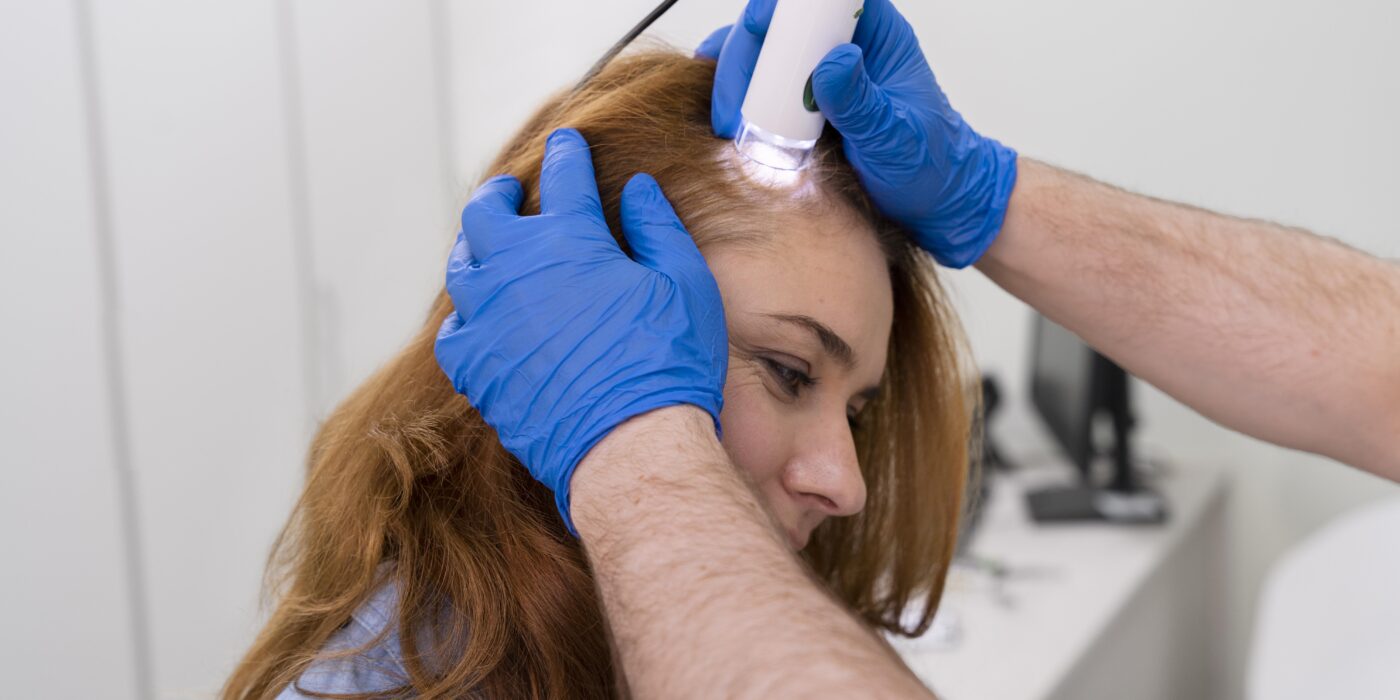Hair loss has long been considered a predominantly male issue, but the reality is that women also experience hair thinning and balding, albeit often in different patterns and for different reasons. The cultural stigma attached to female hair loss has contributed to a sense of taboo around discussing and addressing this issue openly. However, in recent years, there has been a noticeable shift as more women embrace hair transplant procedures as a powerful solution to reclaiming their confidence and self-image.
Understanding Female Hair Loss
Hair loss in women can be caused by various factors, including genetics, hormonal changes (such as menopause or thyroid disorders), stress, nutritional deficiencies, and autoimmune conditions like alopecia areata. These factors can lead to gradual thinning of the hair, widening part lines, or even noticeable bald patches. For many women, experiencing hair loss can be emotionally distressing, impacting their self-esteem and overall quality of life.
Challenging Societal Stigma
Historically, society has placed a significant emphasis on women’s hair as a symbol of beauty and femininity. The expectation of thick, lustrous hair has created undue pressure on women facing hair loss, often leading to feelings of embarrassment or shame. This stigma has perpetuated the misconception that hair loss is a problem primarily faced by men, further isolating women who seek treatment options.
The Rise of Female Hair Transplants
Despite these challenges, there has been a notable rise in the acceptance and popularity of hair transplant procedures among women. This shift can be attributed to several factors, including increasing media representation, celebrity endorsements, and advancements in medical technology that have made hair transplants more effective and accessible for women.
Women who opt for hair transplants are not merely addressing a cosmetic concern; they are reclaiming a sense of control over their appearance and challenging outdated beauty standards. By choosing to undergo a hair transplant, women are making a bold statement about self-acceptance and empowerment, refusing to let societal norms dictate their sense of beauty and worth.
Empowerment Through Choice
Choosing to undergo a hair transplant is a deeply personal decision that empowers women to take proactive steps towards enhancing their self-image and overall well-being. For many women, the results of a successful hair transplant go beyond physical appearance; it can restore lost confidence, improve social interactions, and reignite a sense of vitality and youthfulness.
Types of Hair Transplant Techniques
There are two primary techniques used in hair transplants: Follicular Unit Extraction (FUE) and Follicular Unit Transplantation (FUT). FUE involves extracting individual hair follicles from a donor area and transplanting them into balding or thinning areas, leaving minimal scarring and allowing for faster recovery. On the other hand, FUT involves removing a strip of scalp from a donor area and dissecting it into individual follicular units for transplantation. Each technique has its advantages and considerations, which should be discussed with a qualified surgeon during the consultation process.
Preparing for a Hair Transplant
Before undergoing a hair transplant, it is essential to consult with a board-certified surgeon specializing in female hair restoration. During the consultation, the surgeon will assess the extent of hair loss, discuss realistic expectations, and formulate a personalized treatment plan. Patients may be advised to adjust medications, lifestyle habits, or hair care routines in preparation for the procedure.
Post-Transplant Recovery and Care
Following a hair transplant, patients will need to adhere to post-operative care instructions provided by their surgeon. This may include gentle scalp care, prescribed medications to promote healing and prevent infection, and avoiding strenuous activities that could disrupt the healing process. It is important to note that visible results from a hair transplant may take several months to fully manifest as the transplanted hair follicles gradually grow and integrate into the scalp.
Psychological and Emotional Impact
Beyond the physical benefits, the psychological and emotional impact of a successful hair transplant can be profound. Many women report feeling a renewed sense of confidence, self-assurance, and empowerment following their procedure. Addressing hair loss through a transplant can alleviate anxiety and distress associated with thinning hair, allowing women to present themselves authentically and confidently in their personal and professional lives.
Cost Considerations and Financial Options
The cost of a hair transplant can vary based on factors such as the extent of hair loss, the technique used, and the surgeon’s expertise. It is important for prospective patients to research and understand the financial investment involved in a hair transplant, including potential financing options or payment plans offered by clinics.
Conclusion
In conclusion, female hair transplants represent more than just a cosmetic procedure; they are a powerful tool for empowerment and self-acceptance. By breaking the taboo surrounding female hair loss and embracing hair transplants as a viable solution, women are rewriting the narrative on beauty standards and reclaiming their sense of identity. Whether addressing genetic predisposition, hormonal changes, or other factors contributing to hair loss, women can find renewed confidence and empowerment through informed decision-making and the support of qualified medical professionals.
Embracing hair transplants as an empowering choice is not only about restoring lost hair; it is about restoring self-esteem, confidence, and embracing one’s unique beauty. As societal attitudes continue to evolve, women are increasingly recognizing that true beauty lies in self-acceptance and authenticity.

